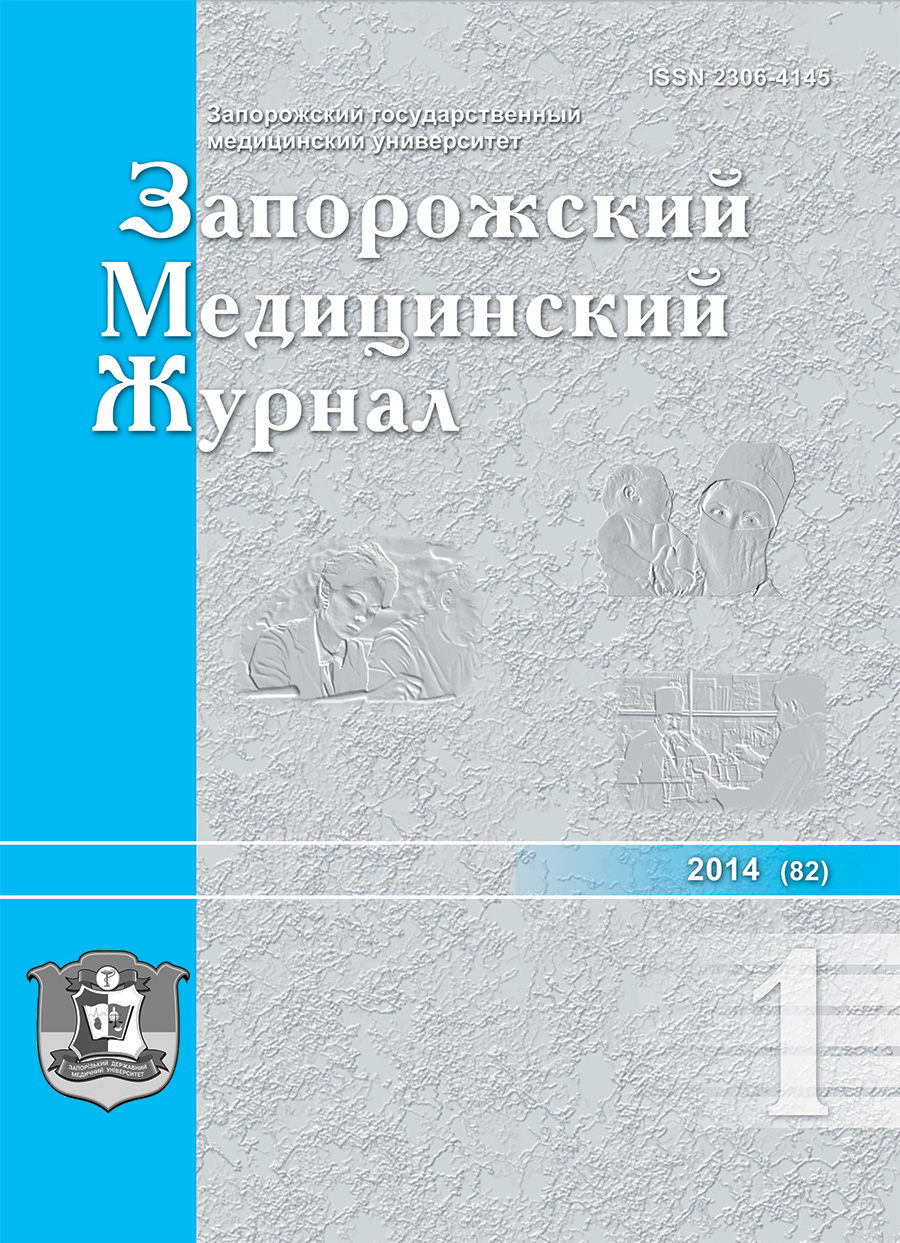STANDARDS FOR GOOD PHARMACY PRACTICE DEVELOPMENT
DOI:
https://doi.org/10.14739/2310-1210.2014.1.23817Keywords:
Good Pharmacy Practice, standard, pharmacy, quality of pharmaceutical careAbstract
According to the order of the Ministry of Health of Ukraine of 30.05.2013 No 455 that joints guideline of the World Health Organization and the International Pharmaceutical Federation "Good pharmacy practice: standards for quality of pharmacy services" (GPP Guidelines) it was recommended to use Good Pharmacy Practice (GPP) standards as a baseline information source for the development.
AIM OF RESEARCH. To suggest methodological approaches for the development of national GPP standards in Ukraine, to study the typical structure of GPP standards.
RESEARCH MATERIALS AND METHODS. GPP guideline, pharmacy practice guidelines of a variety of countries of the world were selected as research objects. Comparative analytical method, analogy and generalization methods were used.
RESULTS AND DISCUSSION. GPP guideline provides a framework within which each country has to offer its own national standards for the provision of qualitative pharmaceutical services for population.
On our opinion, the GPP standard – is recommendatory document which may acquire a normative character in the future that defines the list of standards and requirements for the provision of qualitative pharmaceutical care and conformity of pharmacies to criteria which allow to assess their activities as appropriate.
We developed a structure of national GPP standard, which must contain the following elements:
1) title of the standard;
2) introduction;
3) terms and definitions;
4) symbols and abbreviations used in the text of the standard;
5) scope of application;
6) requirements for activities;
7) appendixes;
8) bibliographic resources;
9) notes.
CONCLUSIONS.
- Professional pharmaceutical associations have got a leadership role in the development of pharmacy practice standards in different countries.
- GPP standards are used for control of regulators and pharmacies owners and as a method of self-assessment of service quality for professionals.
References
Наказ МОЗ України «Про настанову ВООЗ та МФФ «Належна аптечна практика: Стандарти якості аптечних послуг» від 30.05.2013 р. № 455 [Електронний ресурс]. – Режим доступу: http://zakon.nau.ua/doc/?uid=1039.12816.0
Належна аптечна практика: стандарти якості аптечних послуг (Спільна настанова МФФ/ВООЗ з НАП) [Електронний ресурс]. – Режим доступу: http://zakon4.rada.gov.ua/laws/show/897_009.
Стандартные операционные процедуры [Электронный ресурс]. – Режим доступа: http://www.usq.com.ua/news_vatt_2009_02_03.htm.
Надлежащая аптечная практика в Новых Независимых Государствах: Руководство по разработке и внедрению стандартов // Провизор. – 2002. – № 17. – С. 3–8.
FIP. Reference guide on Good Pharmacy Practice in community and hospital settings. First edition, 2009 [Електронний ресурс]. – Режим доступу: http://www.sefig.org/documentos/docencia/FinalGPPreferencepaperFinal.pdf.
Professional Practice Standards, Version 4, 2010 [Електронний ресурс]. – Режим доступу: http://www.psa.org.au/download/standards/professional-practice-standards-v4.pdf.
Professional Standards for Public Health Practice for Pharmacy, 2013 [Електронний ресурс]. – Режим доступу: http://www.rpharms.com/support-pdfs/rps-professional-standards-for-public-health-practice-for-pharmacy-augus....pdf.
Pharmacy Practice Guidance Manual, Ireland, 2008 [Електронний ресурс]. – Режим доступу: http://www.thepsi.ie/Libraries/Publications/Pharmacy_Practice_ Guidance_Manual.sflb.ashx.
Model Standards of Practice for Canadian Pharmacists, 2009 [Електронний ресурс]. – Режим доступу: http://napra.ca/Content_Files/Files/Model_Standards_of_Prac_for_Cdn_Pharm_March09_Final_b.pdf.
BRansjestandarder for Apotek (BRA), 2003 [Електронний ресурс]. – Режим доступу: http://www.apotek.no/Default.aspx?ID=3452.
Prеsentation d’EQO [Електронний ресурс]. – Режим доступу: http://www.eqo.fr/Presentation-d-EQO.
Downloads
How to Cite
Issue
Section
License
Authors who publish with this journal agree to the following terms:
Authors retain copyright and grant the journal right of first publication with the work simultaneously licensed under a Creative Commons Attribution License that allows others to share the work with an acknowledgement of the work's authorship and initial publication in this journal. 
Authors are able to enter into separate, additional contractual arrangements for the non-exclusive distribution of the journal's published version of the work (e.g., post it to an institutional repository or publish it in a book), with an acknowledgement of its initial publication in this journal.
Authors are permitted and encouraged to post their work online (e.g., in institutional repositories or on their website) prior to and during the submission process, as it can lead to productive exchanges, as well as earlier and greater citation of published work (See The Effect of Open Access)





